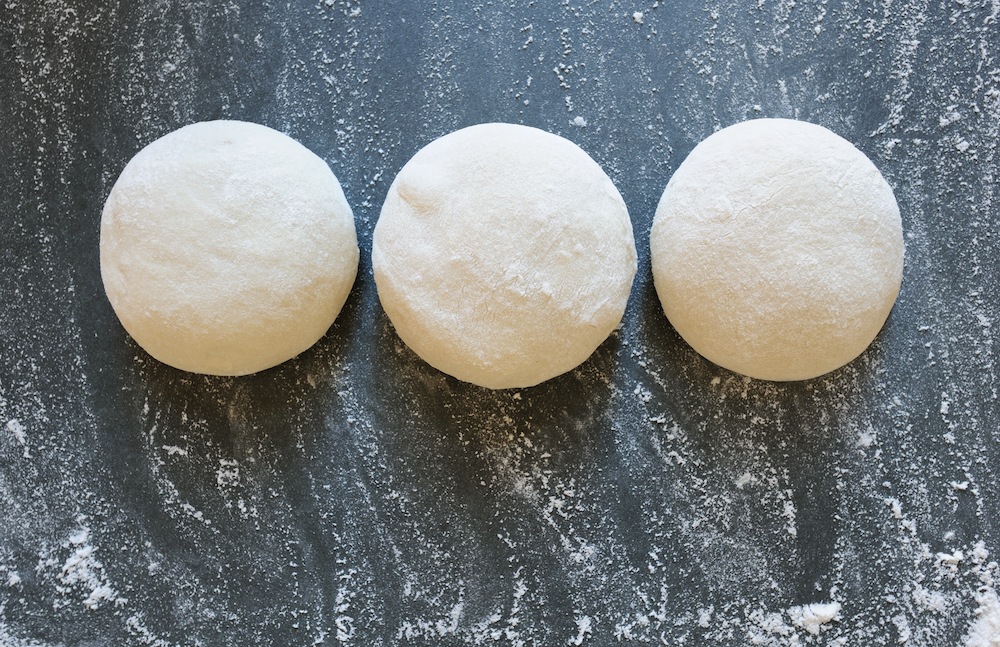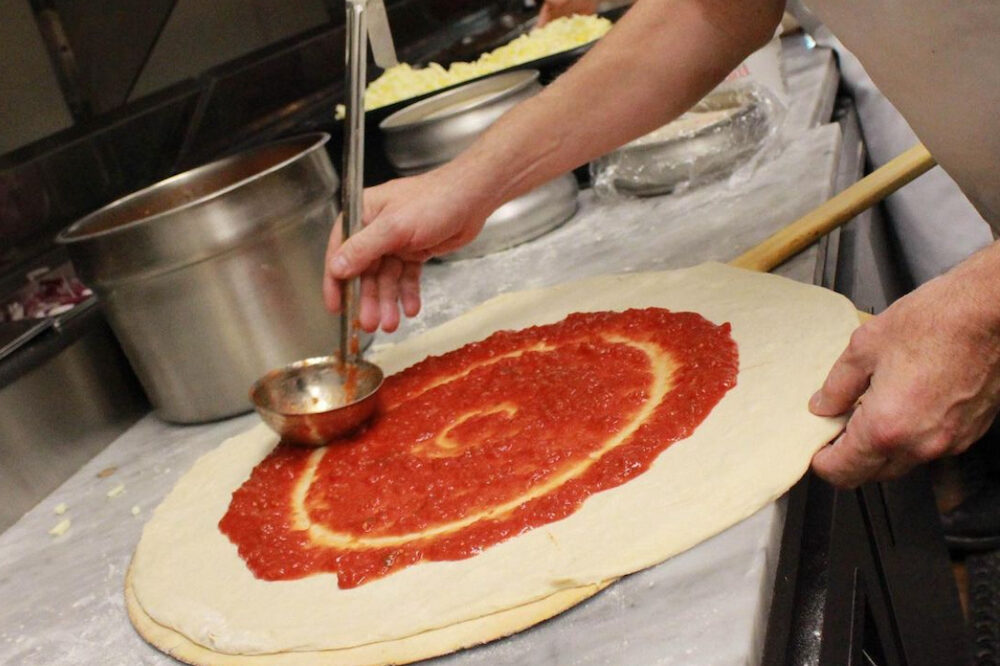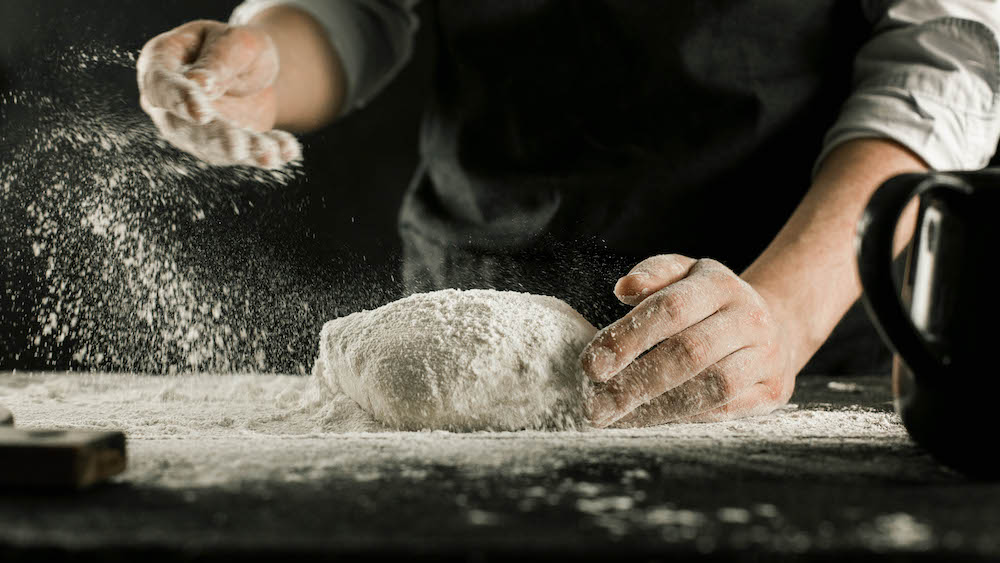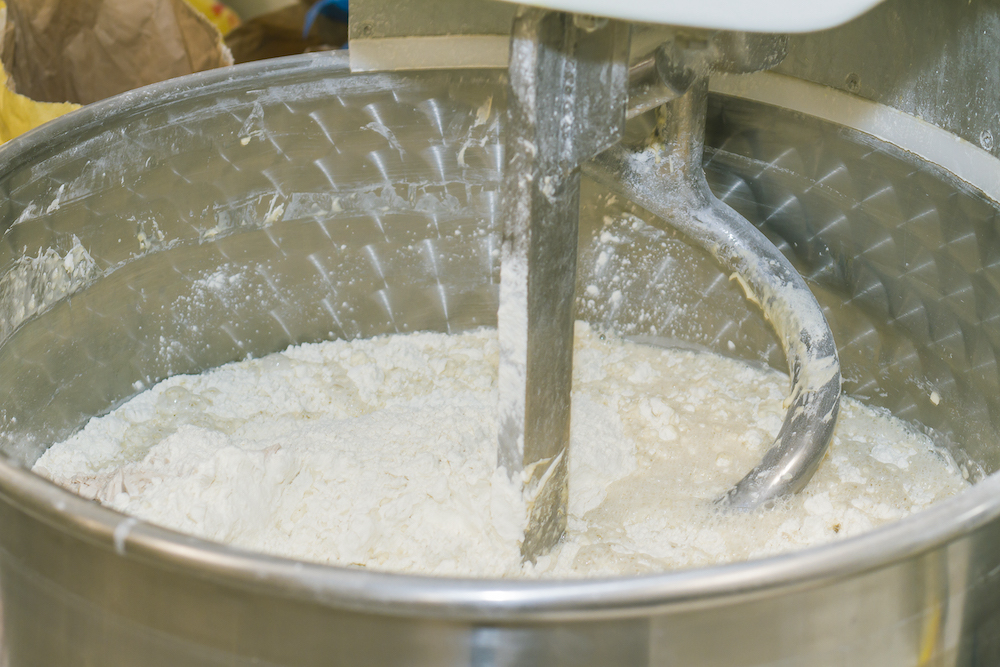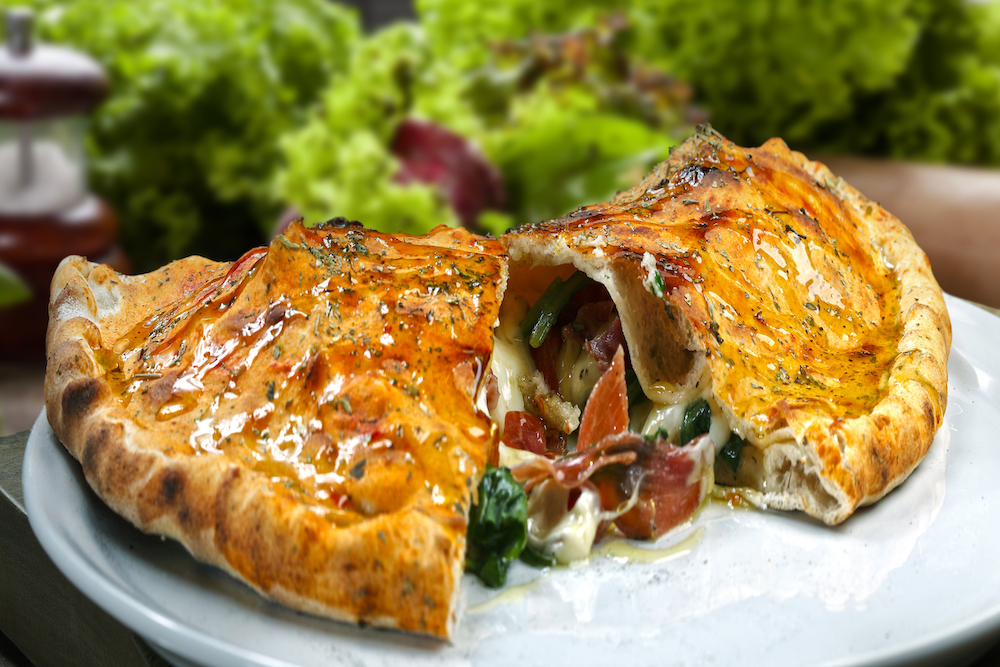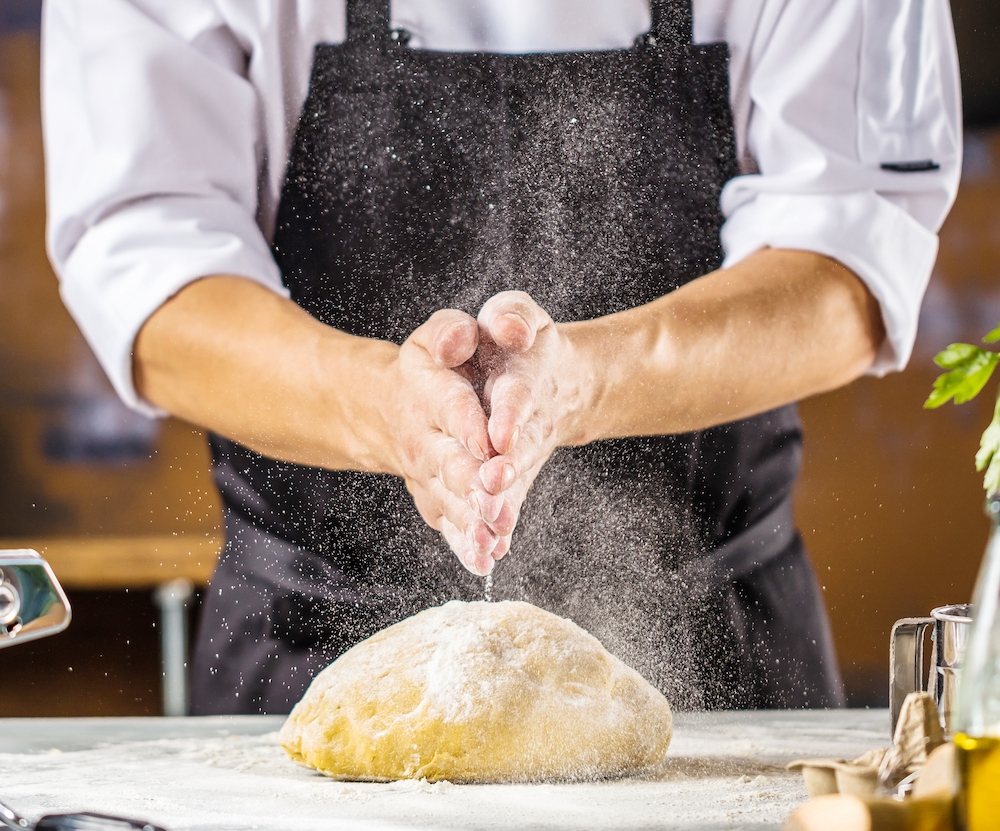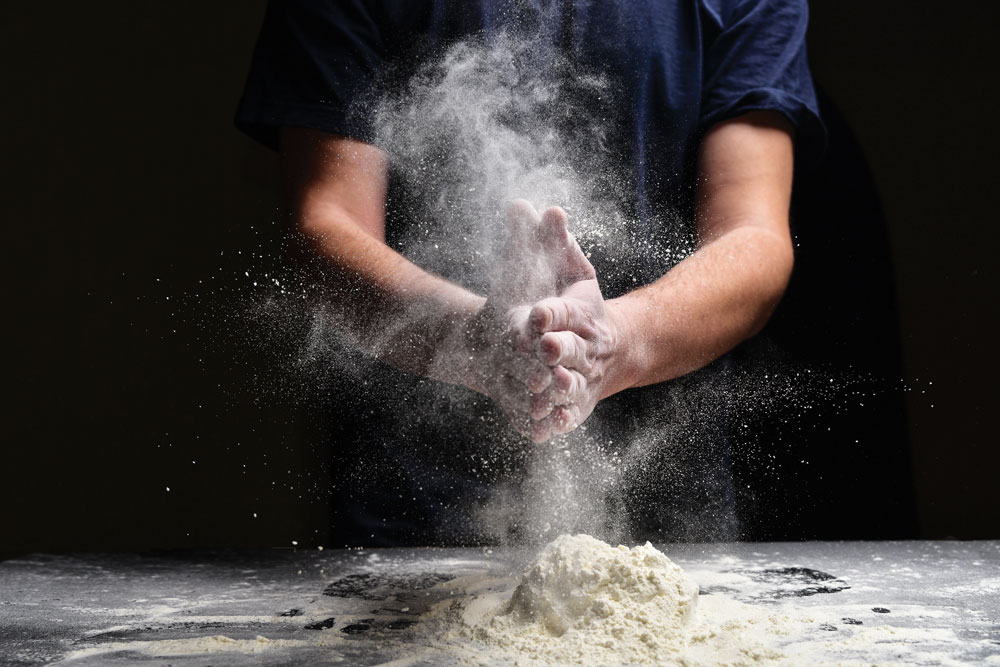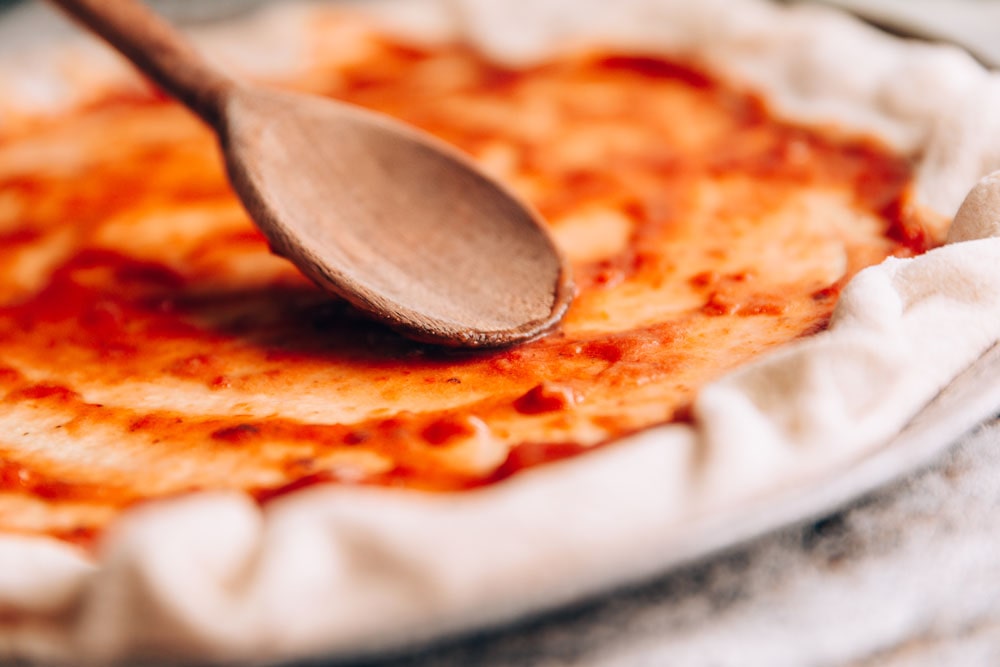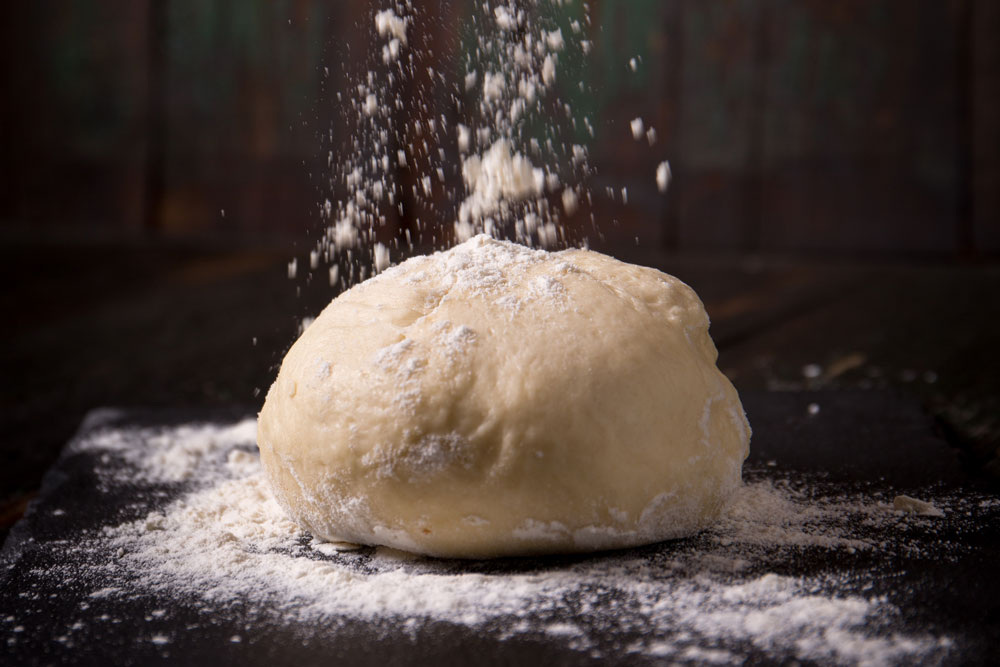When you remove your dough boxes after a night in the cooler, you might find yourself staring down at some very wet and sticky dough. It’s a problem for many pizza makers, but they’re often making one mistake that can be easily corrected.
After mixing, these pizza makers likely take the dough directly to the bench for scaling and balling, and then place it into their dough boxes, which are then stacked in the cooler for use on the following day.
However, they’re forgetting a very important step. Cross-stacking the dough boxes in the cooler before nesting them is crucial to getting an easy-to-handle dough after a night or more in the cooler. Keep in mind that your dough is initially warmer than the cooler. As a result, it is sweating, with the condensation collecting on the inside of the dough box, so the dough balls end up wet and sticky.
By cross-stacking the dough boxes when you first put them into the cooler, you will allow the moisture to escape from the boxes. Once covered and nested, they will no longer sweat, and the dough will not be wet and sticky when you remove it from the cooler.
You should also wipe the top of the dough balls with a little oil (any type will do), as this will help to protect them from forming a dry skin or crust during the cross-stacked period. The length of time the dough balls should be cross-stacked will vary somewhat according to the cooler, dough temperature and dough ball weight, but here’s a good starting point:
Cross-stack for at least 90 minutes for dough balls that weigh 12 ounces or less; 120 minutes for dough balls that weigh 13 to 16 ounces; 150 minutes for dough balls that weigh 17 to 22 ounces; and 180 minutes for dough balls that weigh more than 22 ounces.
Note that these recommendations are for a walk-in cooler. If you are using a reach-in cooler, you’ll want to reduce the finished dough temperature (the temperature of the dough as it comes from the mixer) to no more than 75ºF, and then add 30 minutes to each of the above suggested cross-stack times. These changes are needed due to the lower operating efficiency of reaching coolers when being loaded with a lot of dough balls.

